Home>Dining>Events & Etiquette>How To Keep Food Warm For A Dinner Party
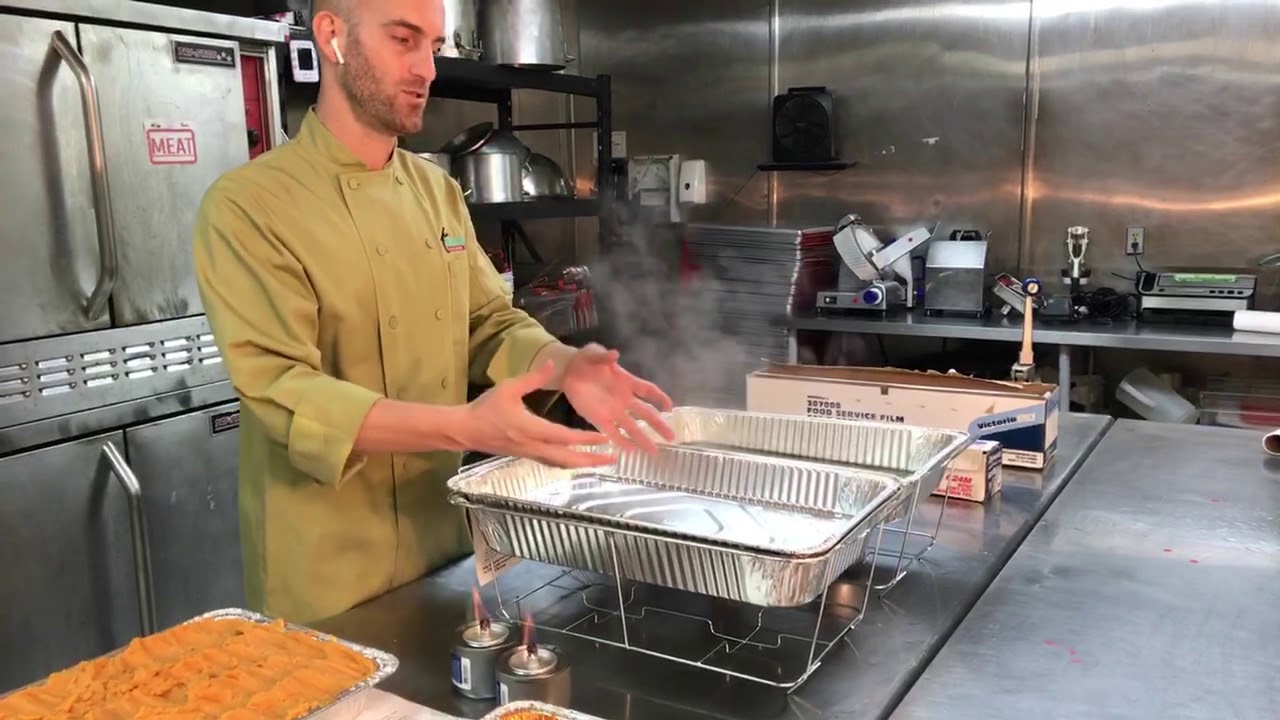

Events & Etiquette
How To Keep Food Warm For A Dinner Party
Modified: March 25, 2024
Hosting a dinner party? Learn event and etiquette tips on how to keep your food warm and impress your guests with our helpful guide.
(Many of the links in this article redirect to a specific reviewed product. Your purchase of these products through affiliate links helps to generate commission for Storables.com, at no extra cost. Learn more)
Introduction
Hosting a dinner party can be an exciting and fulfilling experience. From planning the menu to decorating the table, every detail contributes to creating a memorable event. However, one common challenge that hosts face is ensuring that the food stays warm throughout the evening. No one wants to serve lukewarm dishes that have lost their flavor and appeal.
Keeping food warm is essential not only for the enjoyment of your guests but also for food safety. Bacteria can multiply rapidly in food that is left out at room temperature for too long, increasing the risk of foodborne illnesses. To avoid this, it is important to employ techniques and tools that will help maintain the temperature of your dishes.
In this article, we will explore various methods to keep food warm for a dinner party. From utilizing insulated containers to using crock-pots and heating lamps, we will cover everything you need to know to ensure that your delicious dishes stay warm until they reach your guests’ plates.
So let’s dive in and discover the secrets to keeping your food warm and your guests satisfied throughout the entire evening.
Key Takeaways:
- Keep your dinner party food warm by prepping properly, using insulated containers, chafing dishes, and covering dishes with lids or foil. Utilize warming trays, heating lamps, crock-pots, ovens, or warming drawers for a successful and enjoyable dining experience.
- Ensure your dinner party dishes stay warm and flavorful by choosing the right recipes, preheating serving dishes, and utilizing various methods such as double wrapping with foil and using heating lamps. Plan timing carefully and monitor temperatures for a memorable dining event.
Read more: What Is A Progressive Dinner Party?
Prepping the Food
Before we delve into the methods of keeping your food warm, it’s important to start with the basics: prepping the food properly. The way you prepare your dishes can greatly affect their ability to retain heat. Here are a few tips to consider:
- Choose the right recipes: Opt for dishes that are naturally suited for staying warm, such as casseroles, stews, or dishes with thick sauces. These types of recipes tend to hold heat better than others.
- Cook in small portions: Instead of preparing large quantities of food, consider cooking in smaller batches. This will help you maintain temperature control more effectively, as smaller portions tend to retain heat better than larger ones.
- Preheat your serving dishes: Just as you preheat your oven, you can also preheat your serving dishes. Simply place your empty dishes in the oven for a few minutes before serving to help retain the warmth of the food.
- Pre-cut ingredients: If possible, pre-cut ingredients to smaller sizes. This will allow for quicker and more even heating, ensuring that your dishes stay warm throughout.
By following these simple tips, you can set the stage for success and ensure that your food is prepared in a way that maximizes heat retention.
Use Insulated Containers
Insulated containers are a valuable tool when it comes to keeping food warm for a dinner party. These containers are designed to retain heat and can keep your dishes warm for hours. Here’s how to effectively use insulated containers:
- Choose the right container: Look for insulated containers that are specifically designed for holding food. These containers often come in different sizes and shapes, so choose ones that can accommodate the type and quantity of food you’ll be serving.
- Preheat the container: Before transferring your hot food into the insulated container, preheat it with hot water. Fill the container with boiling water and let it sit for a few minutes. Then, empty the container and immediately transfer your hot food into it. This preheating step helps ensure that the container retains heat more effectively.
- Wrap the container: For additional insulation, you can wrap the insulated container with a kitchen towel or aluminum foil. This extra layer of insulation will help trap heat and maintain the temperature of the food.
- Keep the container closed: Once you’ve placed the hot food in the insulated container, make sure to keep the lid tightly closed. Opening the container frequently can cause heat loss, so try to limit unnecessary opening and closing.
- Plan the timing: Consider the timing of your meal and when you’ll need to serve the food. Insulated containers retain heat for several hours, but it’s best to plan accordingly and transfer the food to serving dishes right before your guests are ready to eat.
By utilizing insulated containers, you can ensure that your dishes will stay warm and ready to serve, allowing you to focus on enjoying the company of your guests.
Utilize Chafing Dishes
Chafing dishes are a timeless and elegant way to keep your food warm during a dinner party. These traditional serving dishes use indirect heat to maintain the temperature of your dishes. Here’s how to effectively utilize chafing dishes:
- Choose the right type of chafing dish: There are various types of chafing dishes available, including fuel-based, electric, and induction chafing dishes. Consider your specific needs and the resources available to you when selecting the type of chafing dish that will work best for your dinner party.
- Prepare the chafing dish: Start by filling the water pan of the chafing dish about halfway full. This provides a barrier between the heat source and the food, preventing it from drying out. Make sure to use hot water to expedite the warming process.
- Heat the chafing dish: If you’re using a fuel-based chafing dish, light the fuel canister following the manufacturer’s instructions. For electric and induction chafing dishes, simply plug them into a power source and turn them on. Allow the chafing dish to preheat for about 15-20 minutes before adding your hot food.
- Transfer the food into the chafing dish: Place your hot food in the serving pans that come with the chafing dish and carefully position them in the frame above the water pan. Make sure the food is evenly distributed and the pans are securely placed in the chafing dish.
- Cover the chafing dish: After positioning the food in the chafing dish, cover it with the provided lid or aluminum foil. This helps trap the heat and maintain the temperature of the food.
- Monitor and refill the water: Throughout your dinner party, keep an eye on the water level in the chafing dish’s water pan. If it gets too low, carefully add hot water to ensure that the food stays warm and doesn’t dry out.
Chafing dishes not only keep your food warm, but they also add an elegant touch to your dinner party table. With their help, you can serve your dishes with style and ensure that your guests’ plates are always filled with delicious, warm food.
Keep Food Covered
One of the simplest and most effective ways to keep food warm during a dinner party is to keep it covered. Covering your dishes helps to trap heat, retain moisture, and prevent heat loss. Here’s how to ensure that your food stays warm and protected:
- Use lids or foil: If your serving dishes come with lids, make sure to use them. The lids help create a seal that traps heat and prevents it from escaping. If your dishes don’t have lids, cover them with aluminum foil to achieve a similar effect. Ensure that the foil is tightly wrapped around the dish to lock in the heat.
- Avoid excessive opening: Try to limit the number of times you open the lids or foil covering. Every time you lift the cover, heat dissipates, and the temperature of the food drops. Encourage your guests to serve themselves quickly or designate someone to assist with serving to minimize the need for constant opening and closing.
- Keep extra covers ready: Have extra lids or foil covers on hand in case you need to replace them during the dinner party. This way, you can quickly cover any dishes that have been opened or uncovered for an extended period.
- Consider tenting with foil: For dishes that have delicate toppings, such as crispy breaded chicken or a cheesy casserole, you can tent the foil over the dish to prevent the toppings from getting soggy. This allows the dish to stay covered while still maintaining its texture and presentation.
- Transition to individual serving dishes: As the evening progresses, consider transferring the remaining portions of each dish into individual serving dishes. These smaller dishes are easier to cover and will help maintain the temperature of the food for each guest.
By keeping your food covered, you can retain its warmth and flavors, ensuring that each bite is as delightful as the first. This simple step can go a long way in making your dinner party a success.
Read more: How To Organize A Dinner Party
Utilize Warming Trays or Hot Plates
Warming trays or hot plates are excellent tools for keeping your food warm and ready to serve throughout your dinner party. These devices provide a consistent source of heat, ensuring that your dishes stay at an ideal temperature. Here’s how to effectively utilize warming trays or hot plates:
- Select the right device: Choose a warming tray or hot plate that suits your needs and the size of your dinner party. Look for options with adjustable temperature settings, as this will allow you to customize the heat level based on the specific dish.
- Preheat the device: Before transferring your hot food onto the warming tray or hot plate, make sure to preheat it for a few minutes. This will ensure that the surface is hot and ready to keep your dishes warm.
- Position the dishes: Place your serving dishes directly onto the warming tray or hot plate. Make sure to leave some space between the dishes to allow for proper heat circulation. If you have multiple warming trays or hot plates, you can use them to separate different types of dishes, such as main courses and sides.
- Cover the dishes: To further retain heat, cover the dishes with lids or foil. This will help trap the warmth and prevent heat loss. The combination of the warming tray or hot plate heat and the covering will keep your food at a consistent temperature.
- Monitor and adjust temperature: Throughout the dinner party, keep an eye on the temperature of the warming tray or hot plate. If you notice that the food is getting too hot or not warm enough, adjust the temperature accordingly to maintain the desired warmth.
- Rotate dishes if needed: If you have a large variety of dishes, you can rotate them on and off the warming tray or hot plate to ensure that each dish remains warm and ready to serve. This is especially useful if you have limited space on the device.
With the help of warming trays or hot plates, you can easily keep your food warm and maintain the perfect serving temperature throughout your dinner party. Your guests will appreciate each bite of delicious, warm food.
To keep food warm for a dinner party, use chafing dishes or slow cookers to maintain the temperature. You can also preheat serving dishes and use insulated food carriers for transportation.
Double Wrapping with Foil
When it comes to keeping food warm for a dinner party, double wrapping dishes with foil can be a simple yet effective method. The added layer of insulation helps to retain heat and prevent heat loss, ensuring that your dishes stay warm until they are ready to be served. Here’s how to effectively double wrap with foil:
- Prepare the dish: Start by placing your hot food in a serving dish or pan. Make sure the dish is oven-safe and can withstand the additional heat from the double wrapping process.
- Wrap the dish with the first layer of foil: Tear off a piece of aluminum foil that is large enough to cover the entire dish. Place the foil directly over the dish, ensuring that it completely covers the top and sides. Crimp the edges of the foil to seal it tightly, creating a secure seal.
- Insulate with a second layer of foil: Repeat the process by tearing off another piece of aluminum foil. This time, place the foil over the already wrapped dish in the opposite direction. Again, crimp the edges to create a tight seal. The second layer of foil provides an additional barrier against heat loss.
- Label the dish if necessary: If you’re serving multiple dishes and want to keep track of what’s inside each one, label the foil with a marker. This will help you identify the dishes without having to unwrap them.
- Store in a warm place: Once your dish is double wrapped with foil, store it in a warm place until it’s time to serve. A turned-off oven, microwave, or empty dishwasher can act as a warm storage space. Just make sure to leave a note or reminder so that it’s not accidentally turned on.
- Uncover and serve: When you’re ready to serve, carefully remove the foil from the dish. Be cautious of the hot steam that may escape when opening the foil. Transfer the warm dish to the serving table or individual plates, and enjoy the delicious, piping hot food.
By double wrapping your dishes with foil, you can effectively insulate and maintain the temperature of your food, ensuring that it stays warm and ready to be enjoyed by your guests.
Utilize Heating Lamps
Heating lamps are a fantastic option for keeping food warm and maintaining its ideal serving temperature during a dinner party. These lamps emit a gentle heat that helps to prevent dishes from cooling down. Here’s how to effectively utilize heating lamps:
- Choose the right heating lamp: Look for heating lamps specifically designed for food warming. These lamps typically come with adjustable height settings and heat controls to provide versatility for different dishes.
- Position the heating lamp: Place the heating lamp above the food, ensuring that it is at a safe distance and will not come into contact with any flammable materials. Position the lamp so that it evenly illuminates the dishes, keeping them warm from top to bottom.
- Consider using a warming tray or rack: To enhance the effectiveness of the heating lamp, place your serving dishes on a warming tray or rack. These accessories help to distribute the heat evenly across the entire dish, ensuring that every bite is warm and flavorful.
- Monitor and adjust the heat: Throughout the dinner party, keep an eye on the temperature of the dishes under the heating lamp. Adjust the heat settings as necessary to maintain the desired warmth. Be mindful not to overheat the food, as it can dry out or become overcooked.
- Rotate dishes if needed: If you have multiple dishes to keep warm, consider rotating them under the heating lamp. By periodically switching the dishes, you can ensure that each one gets equal exposure to the heat and remains at an optimal serving temperature.
- Keep the lamp on while serving: Depending on the duration of your dinner party, you can choose to keep the heating lamp on throughout the entire evening. This will help maintain the warmth of the dishes and allow for guests to enjoy seconds or revisit the buffet as needed.
Heating lamps provide a convenient and effective solution for keeping your food warm without compromising its quality. By utilizing these lamps, you can ensure that your dishes are served at the perfect temperature, keeping your guests satisfied and coming back for more.
Using Crock-Pots or Slow Cookers
Crock-Pots or slow cookers are versatile appliances that are not only great for cooking but also for keeping food warm during a dinner party. These devices allow you to slow-cook your dishes and maintain their temperature for extended periods. Here’s how to effectively utilize crock-pots or slow cookers:
- Choose the right size: Select a crock-pot or slow cooker that is appropriately sized for the amount of food you’ll be serving. It should be large enough to accommodate your dishes comfortably without overcrowding.
- Preheat the crock-pot: Before transferring your hot food into the crock-pot, preheat it on the highest setting for about 20 minutes. This will ensure that the crock-pot is hot and ready to keep your dishes warm.
- Transfer the hot food: Place your hot, cooked food directly into the crock-pot. Make sure to fill it at least halfway to maximize heat retention. Avoid overfilling to prevent any spillage or the slow cooker from becoming overcrowded.
- Adjust the temperature: Set the crock-pot or slow cooker to the lowest heat setting to maintain the warmth of the food. If your device has a “Keep Warm” function, use that setting to ensure that the food stays at a safe serving temperature.
- Cover and seal: Place the lid securely on the crock-pot or slow cooker to create a tight seal. This helps to trap heat and prevent moisture from evaporating, keeping your dishes moist and flavorful.
- Stir occasionally: If you’re serving dishes that have sauces or gravies, stir them occasionally to distribute the heat evenly and prevent any scorching or sticking at the bottom.
- Keep extra batches ready: If you anticipate that your guests will want seconds or if you have a large number of attendees, prepare extra batches of food in advance. This allows you to replenish the crock-pot with fresh, hot food throughout the event.
- Serve directly from the crock-pot: One of the advantages of using crock-pots or slow cookers is that you can serve the food directly from them. This eliminates the need for transferring the food and helps to maintain its temperature until it reaches your guests’ plates.
By utilizing crock-pots or slow cookers, you can keep your dishes warm and ready to serve while enjoying the convenience of a hands-off approach to food preparation. These appliances are a reliable option for hosting a successful dinner party.
Read more: How To Host A Dinner Party
Use Oven to Keep Food Warm
The oven is not only for cooking but can also serve as a reliable tool for keeping food warm during a dinner party. With its insulated and controlled heat environment, the oven can help maintain the temperature of your dishes until they are ready to be served. Here’s how to effectively use your oven to keep food warm:
- Preheat your oven: Start by preheating your oven to a low temperature, typically between 150°F (65°C) and 200°F (93°C). This gentle heat will keep your dishes warm without cooking them further.
- Transfer the food to oven-safe dishes: Place your hot food into oven-safe dishes or pans. Make sure to choose dishes that can withstand the oven heat and are deep enough to keep the food covered and protected.
- Cover the dishes: Use aluminum foil or oven-safe lids to cover the dishes. This helps to trap the heat inside and prevent any moisture from evaporating, keeping your food moist and flavorful.
- Keep the oven door slightly ajar: To prevent the dishes from becoming too hot or drying out, leave the oven door slightly ajar. This allows for some airflow and helps regulate the temperature inside the oven.
- Monitor the food temperature: Depending on your oven and the specific dish, you may need to monitor the food temperature periodically. Use a food thermometer to ensure that the internal temperature stays within a safe serving range.
- Rotate dishes if needed: If you have multiple dishes in the oven, consider rotating them halfway through the warming process. This will help ensure that each dish receives equal exposure to the gentle heat and remains at an even temperature.
- Plan the timing: It’s important to plan the timing of your meal accordingly. Start preheating your oven and transferring the hot food just before your guests are ready to be served. This will ensure that the dishes remain warm and ready to enjoy.
- Serve directly from the oven: Once your guests are ready to eat, remove the dishes from the oven and serve them directly from the warm dishes. This eliminates the need for additional transfers and helps maintain the desired temperature.
Using your oven to keep food warm provides a reliable and convenient option for hosting a dinner party. With proper planning and temperature control, your dishes will stay warm and ready to be savored by your guests.
Keep Food in a Warming Drawer
A warming drawer is a dedicated appliance designed specifically for keeping food warm until it is ready to be served. It provides a controlled and consistent heat environment that helps maintain the temperature and quality of your dishes. Here’s how to effectively use a warming drawer:
- Preheat the warming drawer: Start by preheating the warming drawer to the desired temperature. Most warming drawers have adjustable temperature settings that typically range from 80°F (27°C) to 200°F (93°C). Preheating ensures that the drawer is hot and ready to keep your food warm.
- Transfer the hot food: Place your hot food into oven-safe dishes or pans and carefully position them in the warming drawer. Make sure to leave enough space around each dish for proper heat circulation.
- Cover the dishes: To retain heat and moisture, cover the dishes with oven-safe lids or aluminum foil. This helps ensure that your food remains flavorful and prevents it from drying out while in the warming drawer.
- Monitor the temperature: Use a food thermometer to check the temperature of your dishes periodically. Adjust the temperature setting of the warming drawer as needed to maintain the desired warmth of the food.
- Utilize humidity control: Some warming drawers come with humidity control features that allow you to adjust the moisture level inside. This is especially useful for dishes that may dry out easily, as it helps maintain their texture and quality.
- Consider multi-zone drawers: If you have a multi-zone warming drawer, take advantage of the different temperature settings. This allows you to keep different types of dishes warm simultaneously, ensuring that each one is maintained at the ideal temperature.
- Timing is key: Plan the timing of your meal accordingly, so that you can start transferring the hot food to the warming drawer just before your guests are ready to eat. This ensures that the food remains warm and ready to be enjoyed.
- Serve directly from the drawer: Once your guests are seated, simply open the warming drawer and serve the food directly from the warm dishes. This eliminates the need for additional transfers and helps maintain the desired temperature throughout the meal.
Using a warming drawer provides a convenient and effective solution for keeping your food warm and ready to serve during a dinner party. With its temperature control and humidity features, you can ensure that your dishes are maintained at their optimal quality until they reach your guests’ plates.
Summary and Conclusion
When hosting a dinner party, one of the key factors in ensuring a successful and enjoyable experience is keeping the food warm from preparation to serving. There are various methods and tools that can help you achieve this goal while maintaining the quality and flavor of your dishes.
Prepping the food properly, such as choosing recipes that are suited for heat retention and cooking in smaller portions, sets the foundation for keeping your dishes warm. From there, utilizing insulated containers, chafing dishes, and keeping food covered with lids or foil can help trap heat and prevent heat loss.
Warming trays or hot plates provide a consistent heat source, while double wrapping with foil and using heating lamps offer additional insulation to keep food warm. Crock-pots or slow cookers are versatile options for both cooking and keeping food warm, and using the oven or a dedicated warming drawer can provide a controlled heat environment.
In conclusion, a successful dinner party requires not only delicious food but also warm food. By using a combination of these techniques and tools, you can ensure that your dishes are maintained at the perfect serving temperature, leaving your guests satisfied and impressed with your hosting skills.
Remember to plan your timing carefully, monitor temperatures, and serve your dishes with care. With these tips and tricks, you can confidently host a memorable dinner party where your warm, delightful dishes take center stage.
Frequently Asked Questions about How To Keep Food Warm For A Dinner Party
Was this page helpful?
At Storables.com, we guarantee accurate and reliable information. Our content, validated by Expert Board Contributors, is crafted following stringent Editorial Policies. We're committed to providing you with well-researched, expert-backed insights for all your informational needs.

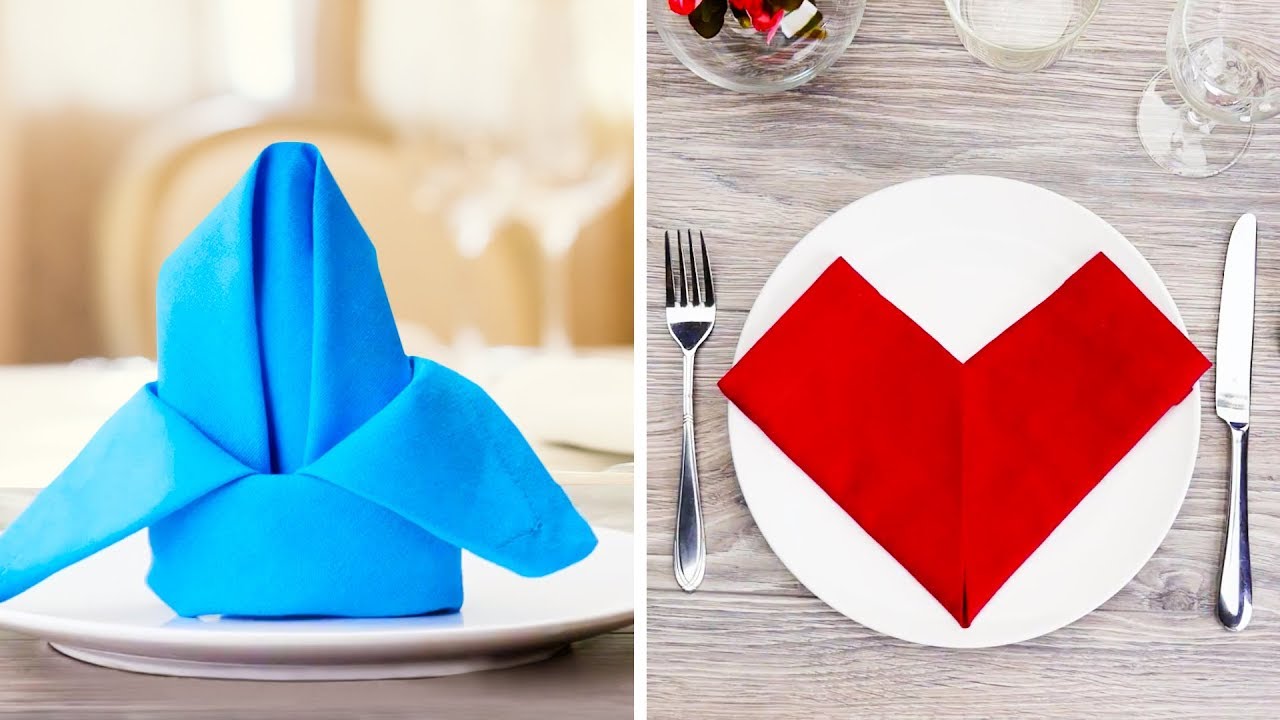
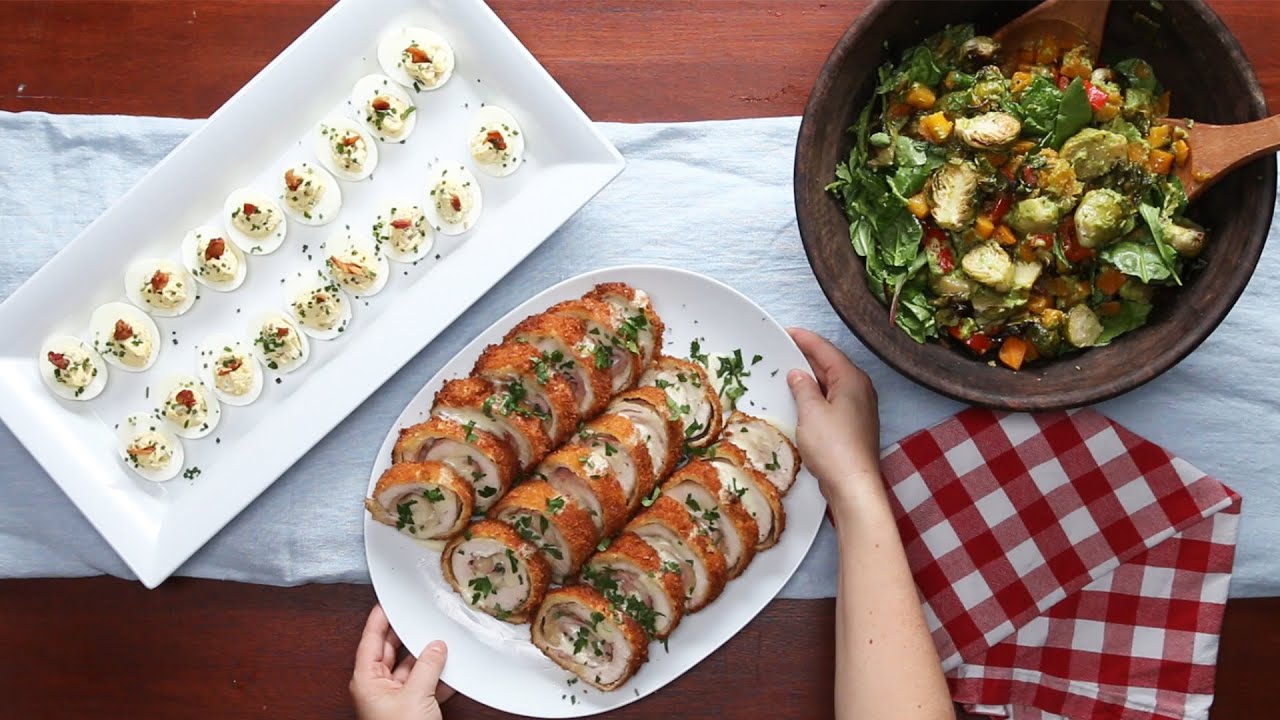

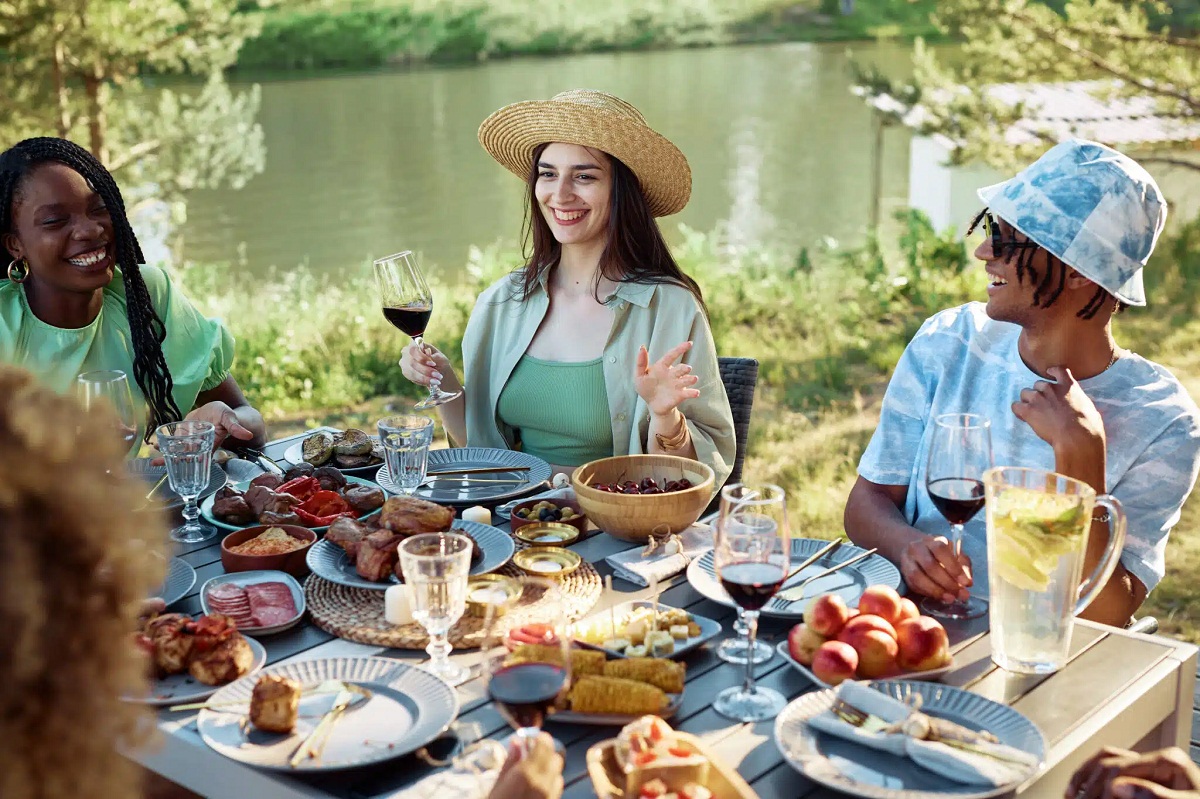
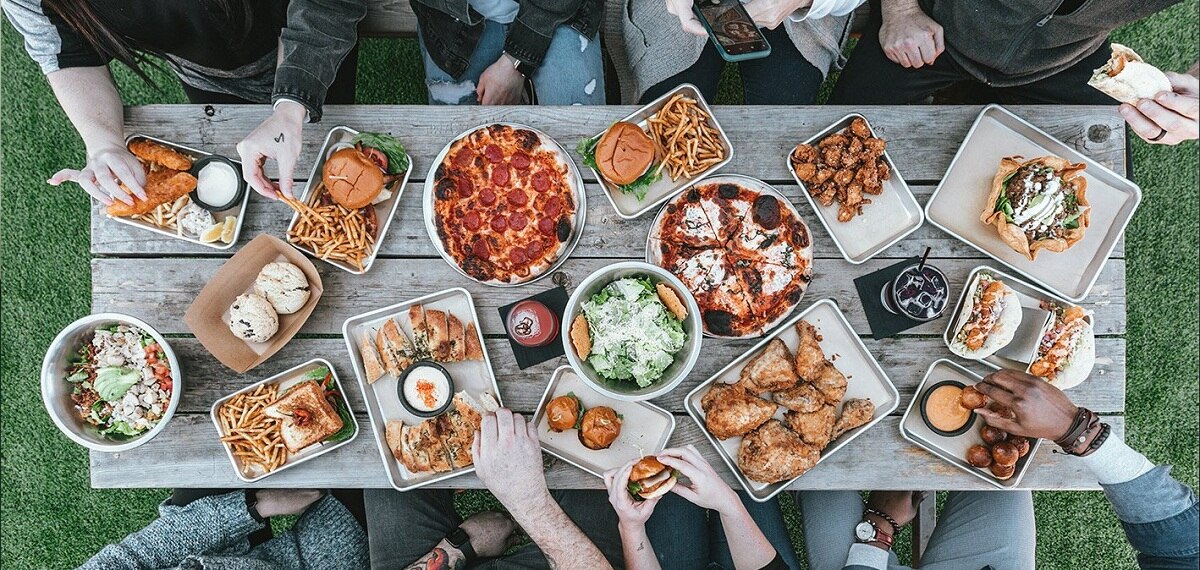
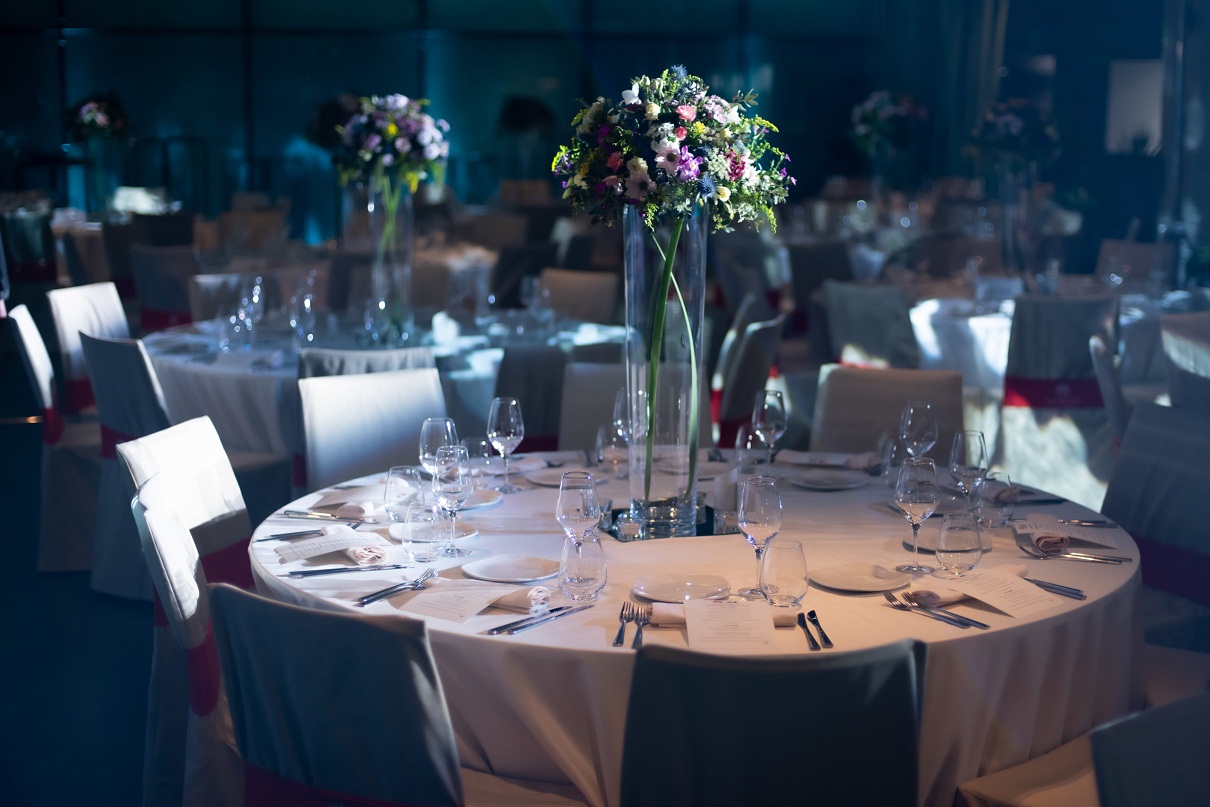
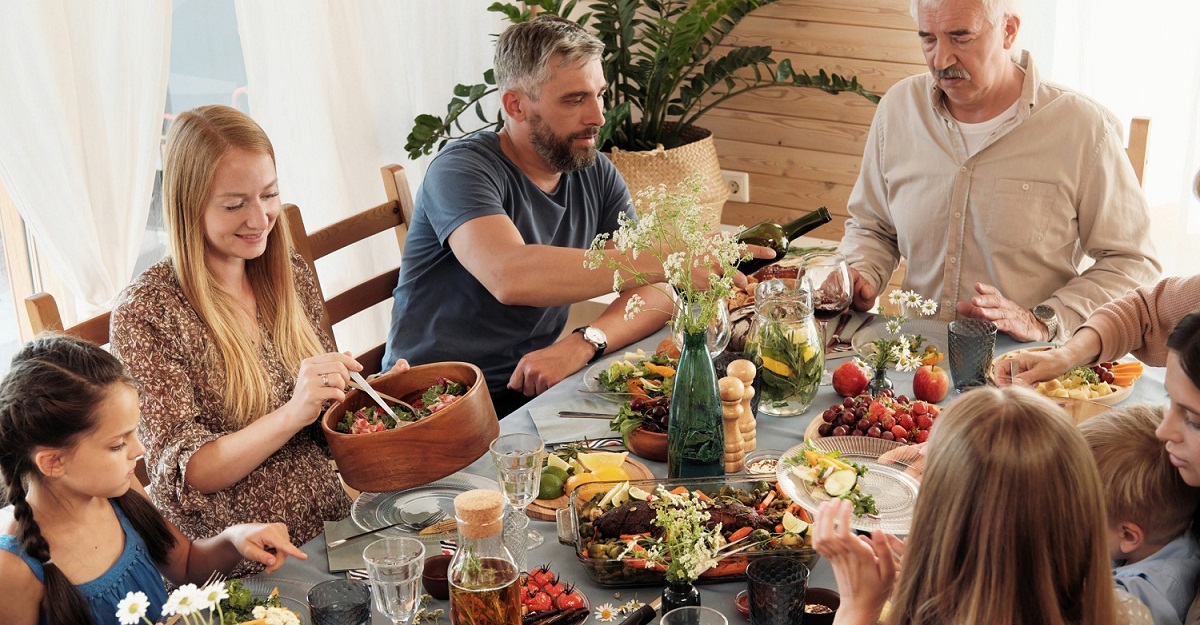
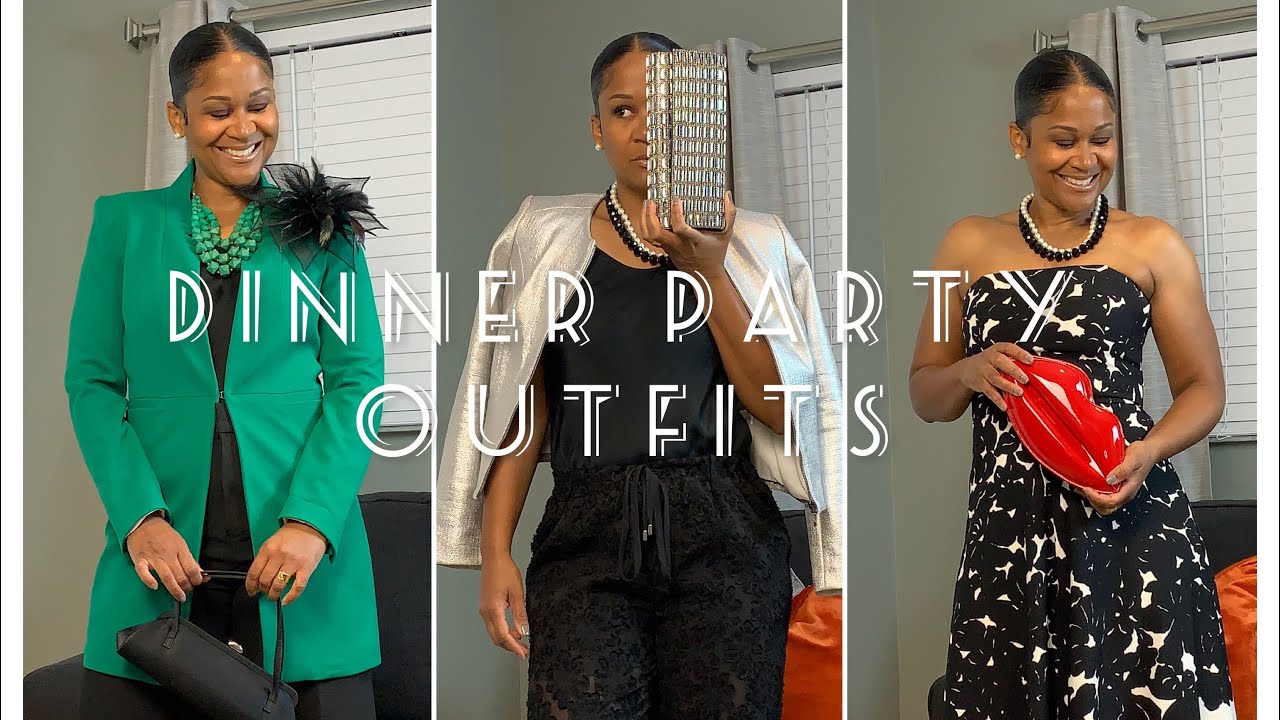
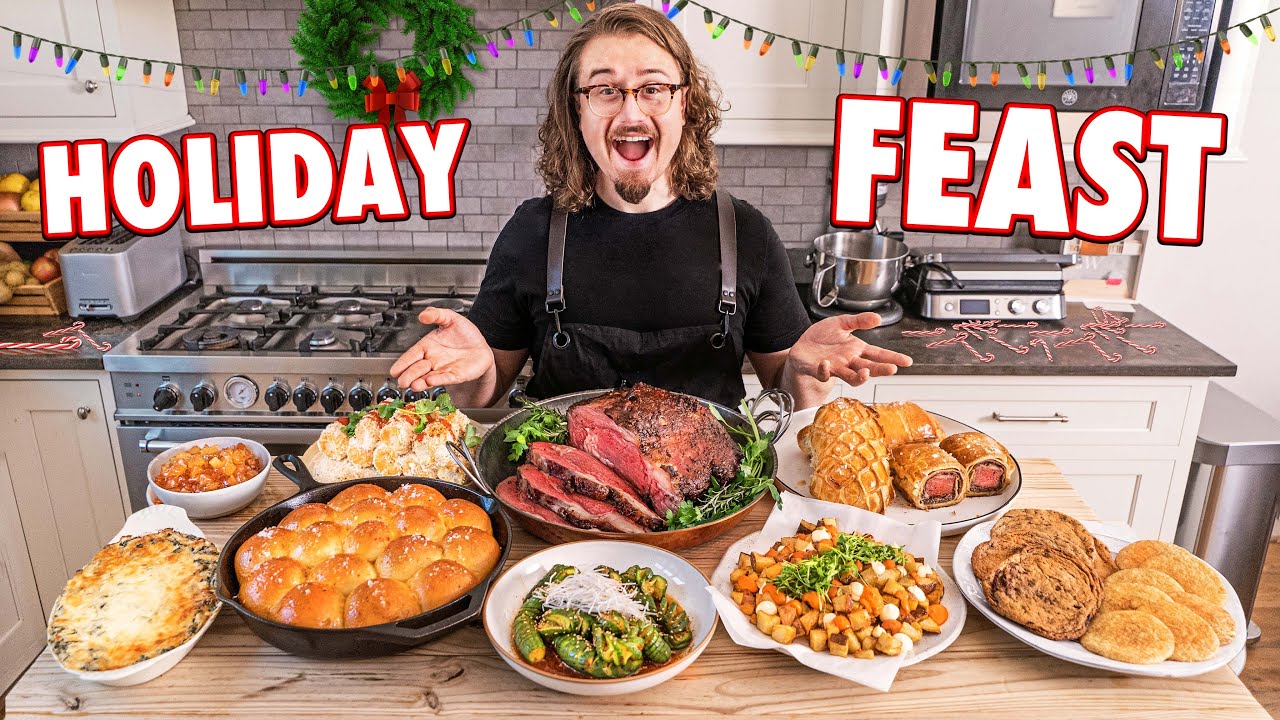
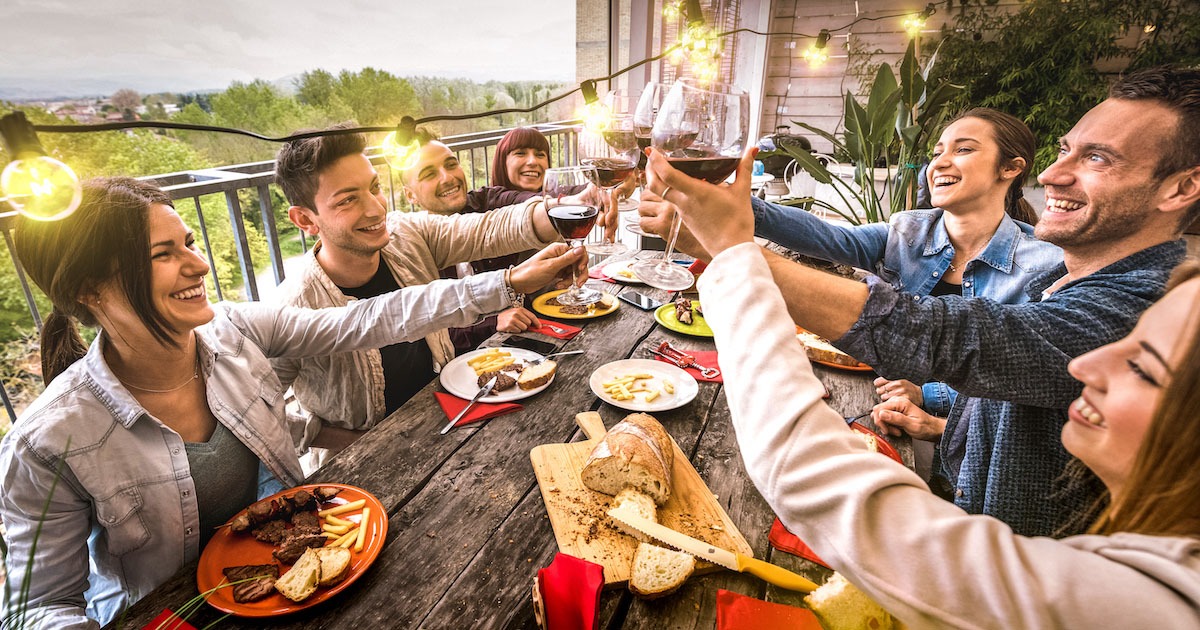
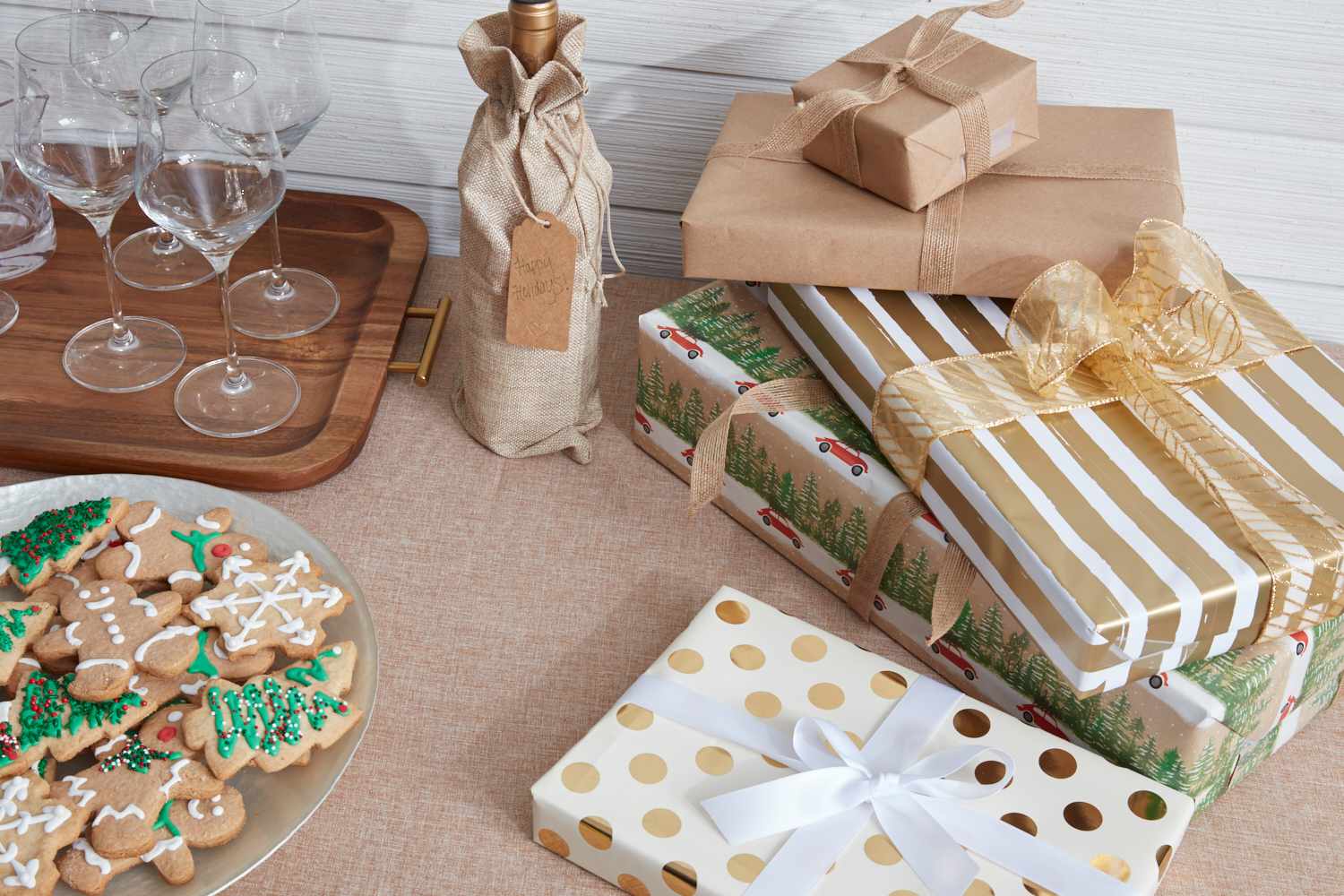
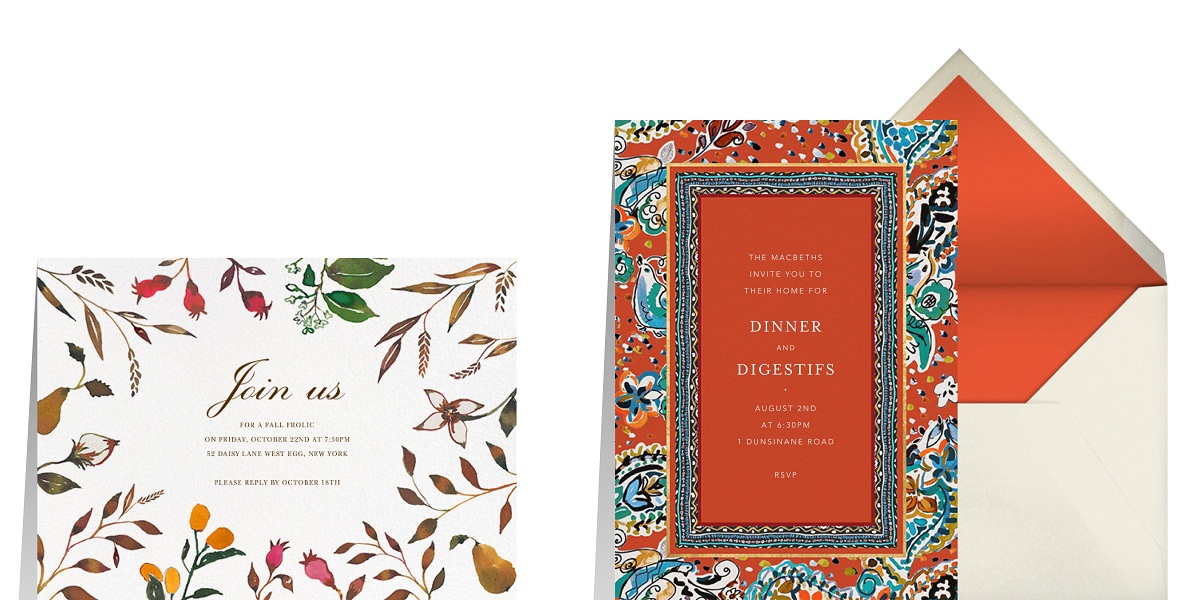

0 thoughts on “How To Keep Food Warm For A Dinner Party”